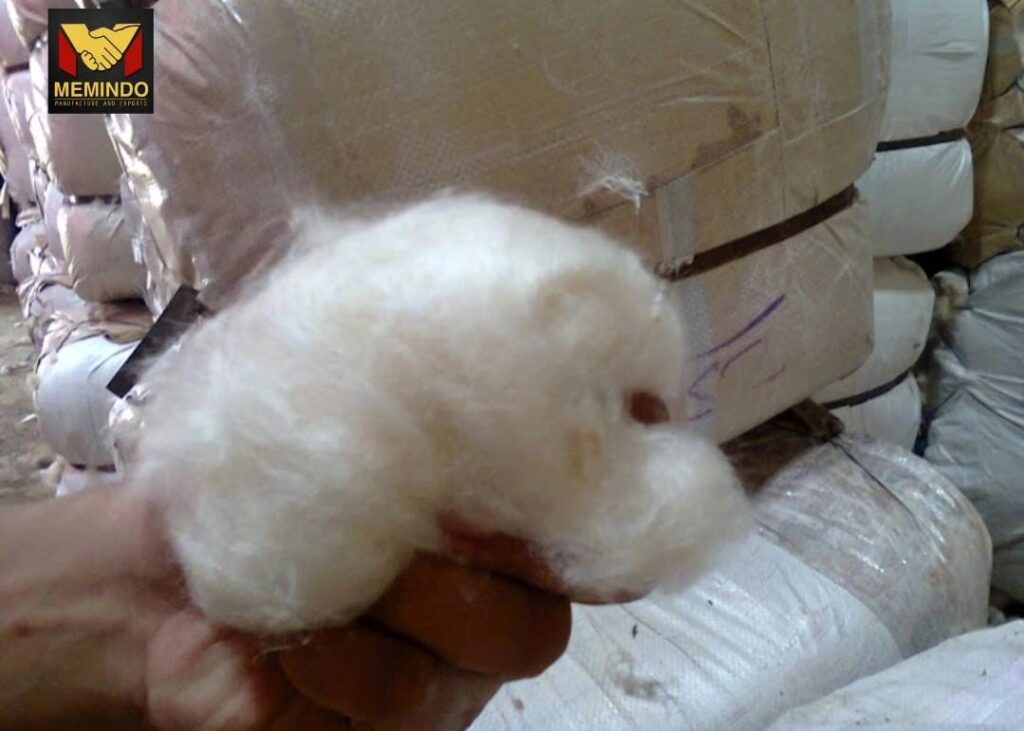Kapok, a natural fiber from the soft and lightweight kapok tree fruit, was once a major export commodity for several countries, including Indonesia. Kapok is a very good material to use as filling for mattresses, pillows, and life jackets. However, over time and with the emergence of synthetic materials like dacron, the popularity of kapok began to decline. Kapok became a highly sought-after commodity in the international market in the 19th and early 20th centuries. One of the largest kapok producers in the world is Indonesia, especially in the regions of Java and Sumatra. Indonesian kapok is exported to many countries in Europe, America, and Asia, but World War II caused a very drastic decline in production.
There are several factors that have led to the decline in kapok production.
Synthetic materials have emerged; dacron and synthetic foam are cheaper and easier to produce alternatives. Lifestyle changes, due to a more modern lifestyle, have reduced the demand for kapok products. Price fluctuations and demand in the international market are also influenced by the unstable price of kapok. Kapok still has great potential to compete again in the international market despite its declining popularity. Several things support this. The increasing awareness of the environment has led consumers to seek eco-friendly products, boosting the demand for natural materials such as kapok. Product innovation, creating new kapok-based products like textiles, composites, and insulation materials, can open up larger market opportunities. Government support, production, and the quality of kapok products can be improved through government policies that support the growth of the kapok industry.
Several measures need to be taken to regain competitiveness in the international market
Quality improvement, enhancement of cultivation and processing techniques must be carried out to improve the quality of kapok. Development of derivative products requires research and development to create new kapok-based products with added value. More intensive promotional and marketing efforts are needed to attract kapok consumers worldwide. Kapok as a filling material for mattresses and pillows has lost its popularity due to synthetic materials, but its demand still exists in some countries. Indonesian kapok is usually purchased by countries in Europe, America, and Asia. Trading ships transport bales of kapok from Indonesian ports to various places around the world. However, the kapok market has undergone significant transformation. Some countries continue to import kapok, especially for specific purposes such as developing countries. Some developing countries in Southeast Asia and Africa still have a high demand for kapok, particularly for household industries and the production of traditional products. Countries with organic industries. Countries that prioritize natural and organic products tend to use more kapok than other countries.
The demand for kapok in the global market is influenced by several factors.
The quality of kapok, consumer countries tend to look for kapok that is clean, soft, and durable.
The price of kapok, one of the important factors that attract buyers, is its competitive price compared to synthetic materials. Government regulations, the policies of a country’s government regarding the use of natural and environmentally friendly materials, can affect the demand for kapok. Market trends, the increasing awareness of the importance of eco-friendly products, can boost the demand for kapok. Kapok still has great potential to compete again in the international market, despite facing challenges. By focusing on quality improvement, derivative product development, and effective promotion, kapok can become a leading commodity.

